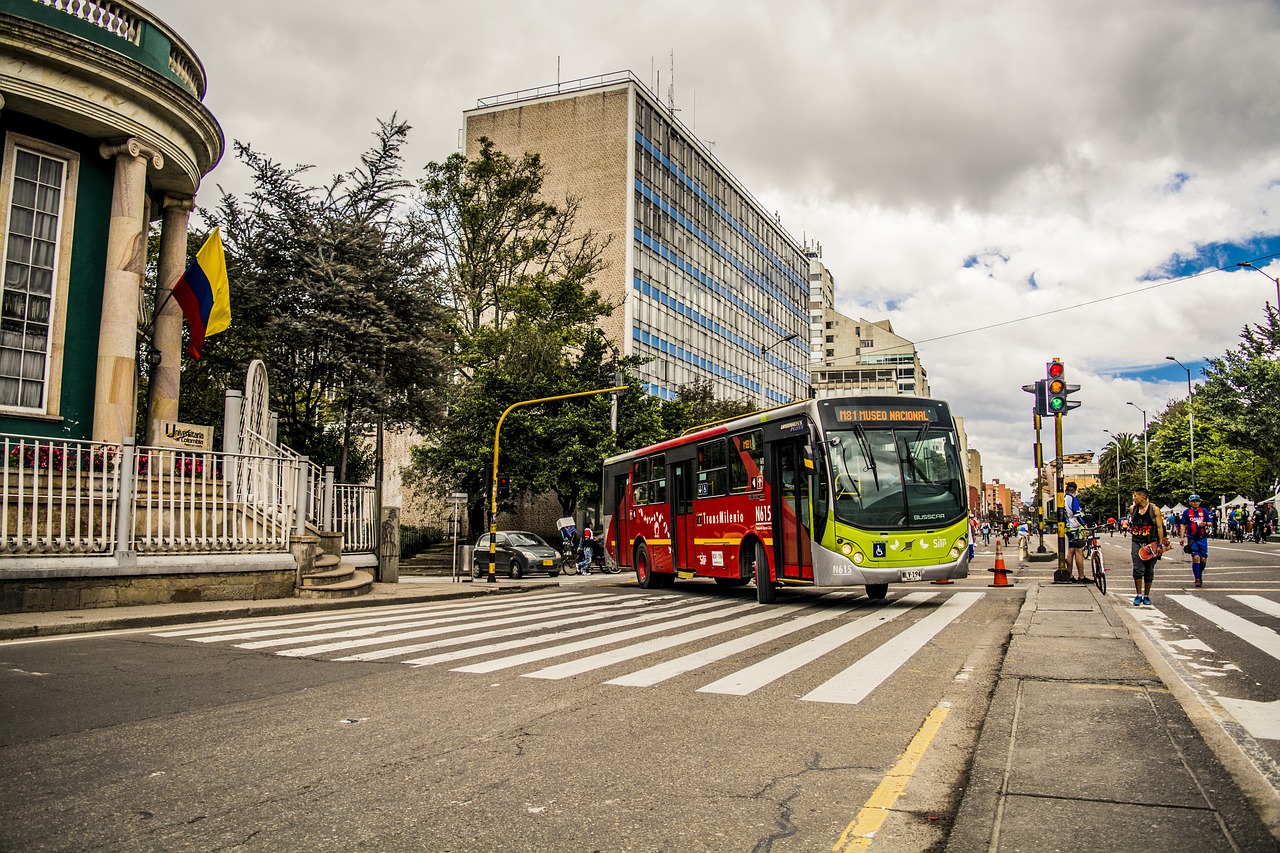Brazil’s economy experienced ups and downs over the past decade. Almost immediately after Forbes published an article raving about Brazil’s entrepreneurial potential in 2012, Brazil entered one of the most disastrous economic crises in the region. Just this year, stories of political corruption, monetary deflation, and falling commodity prices have plagued Latin America’s largest country.
Brazil is a country of contradictions. In the first three months of 2018, Brazil produced three new startup unicorns. The first was 99, acquired by Didi Chuxing for a rumored US$1B. Then in quick succession, PagSeguro reached US$2.7B in its January 2018 IPO (the 5th highest IPO ever), and Nubank became the third unicorn of 2018 with a US$150M Series E round in March 2018.
As the largest market in Latin America, with a population of over 210 million people, Brazil is still the most attractive country for investment and growth in the region for many investors. Despite the economic downturn, international investors often look to Brazil first when they want to enter the Latin American market. Many tech giants, such as Google, Uber, Airbnb, and Amazon, have built offices in São Paulo before moving into other Latin American markets. Many entrepreneurs look to invest in Brazil for their long-term growth strategies, as well.



